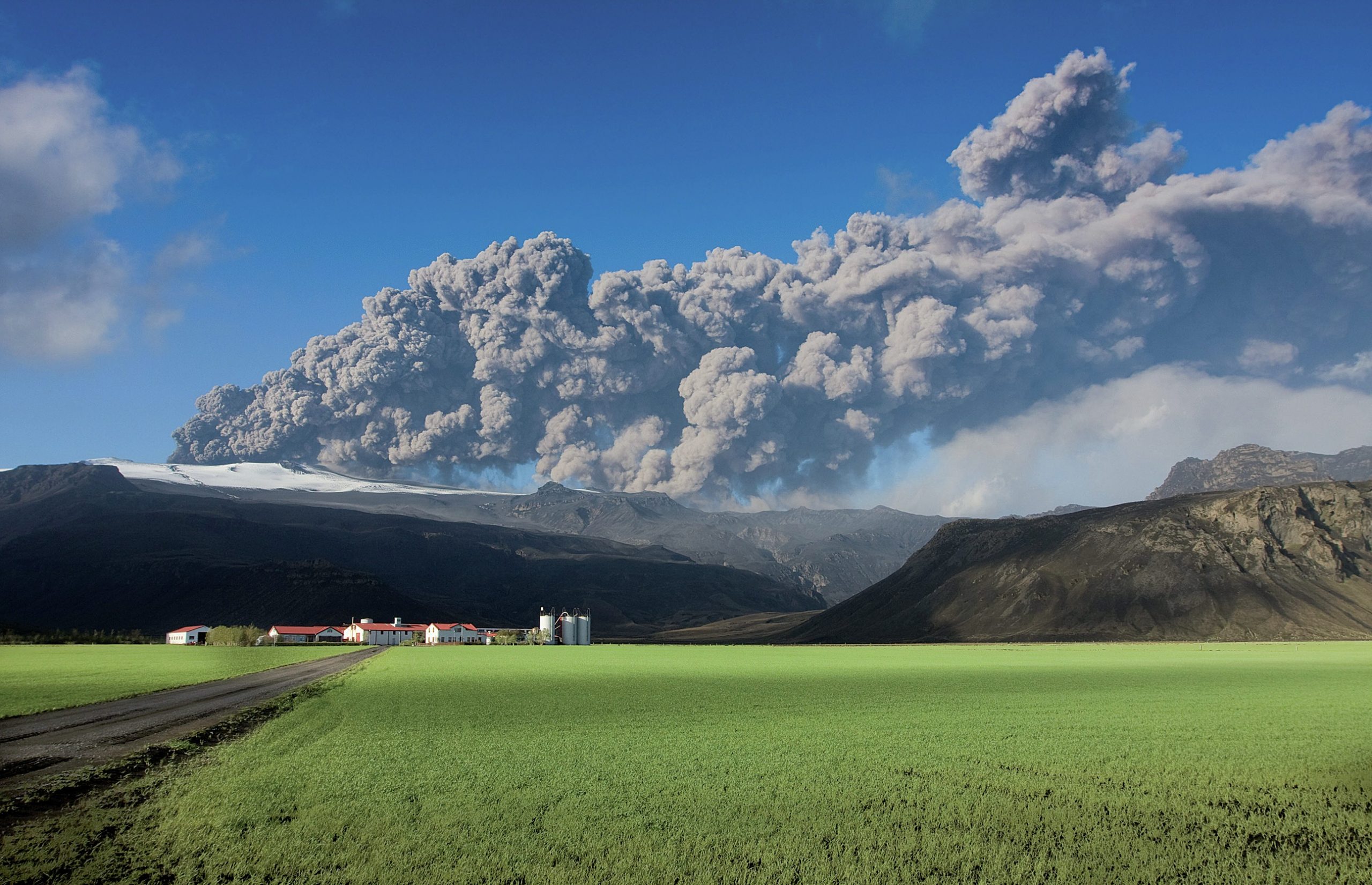
On 15 April 2010 it was announced that all flights in and out of the UK had been suspended because of an ash cloud from a volcanic eruption in Iceland. It was to be the start of an uncertain time for air passengers and airline companies.
The volcano that erupted, Eyjafjallajökull, is in southern Iceland, about 160 km from the capital Reykjavik. Its name is so awkward for English speakers to pronounce that it was often simply referred to as ‘the Icelandic volcano’ on news reports. Eyjafjallajökull lies on a constructive plate boundary known as the mid-Atlantic ridge, between two tectonic plates: the North American plate and the Eurasian plate (see Figure 1). It has been volcanically active several times in the past but had not erupted since 1823.
Your organisation does not have access to this article.
Sign up today to give your students the edge they need to achieve their best grades with subject expertise
Subscribe




